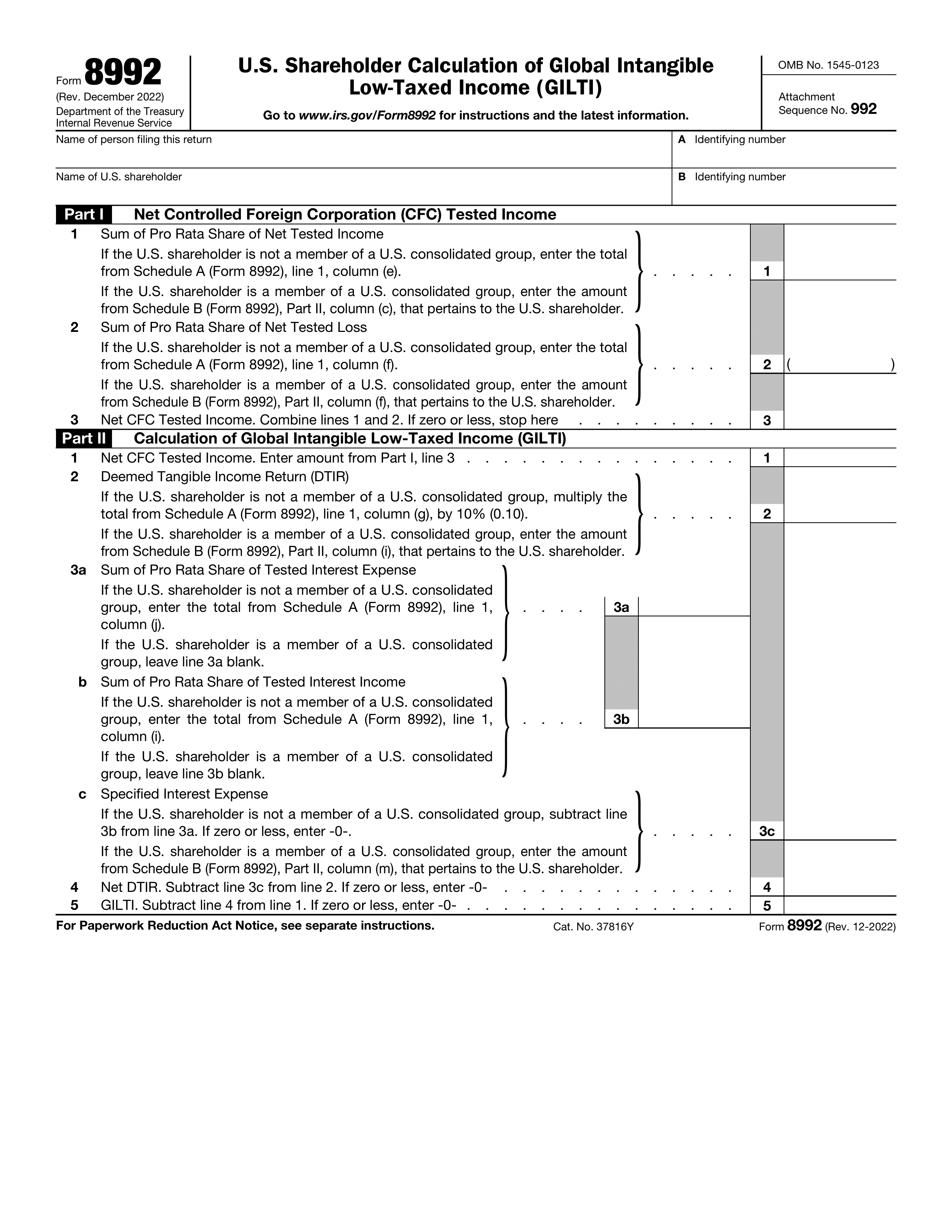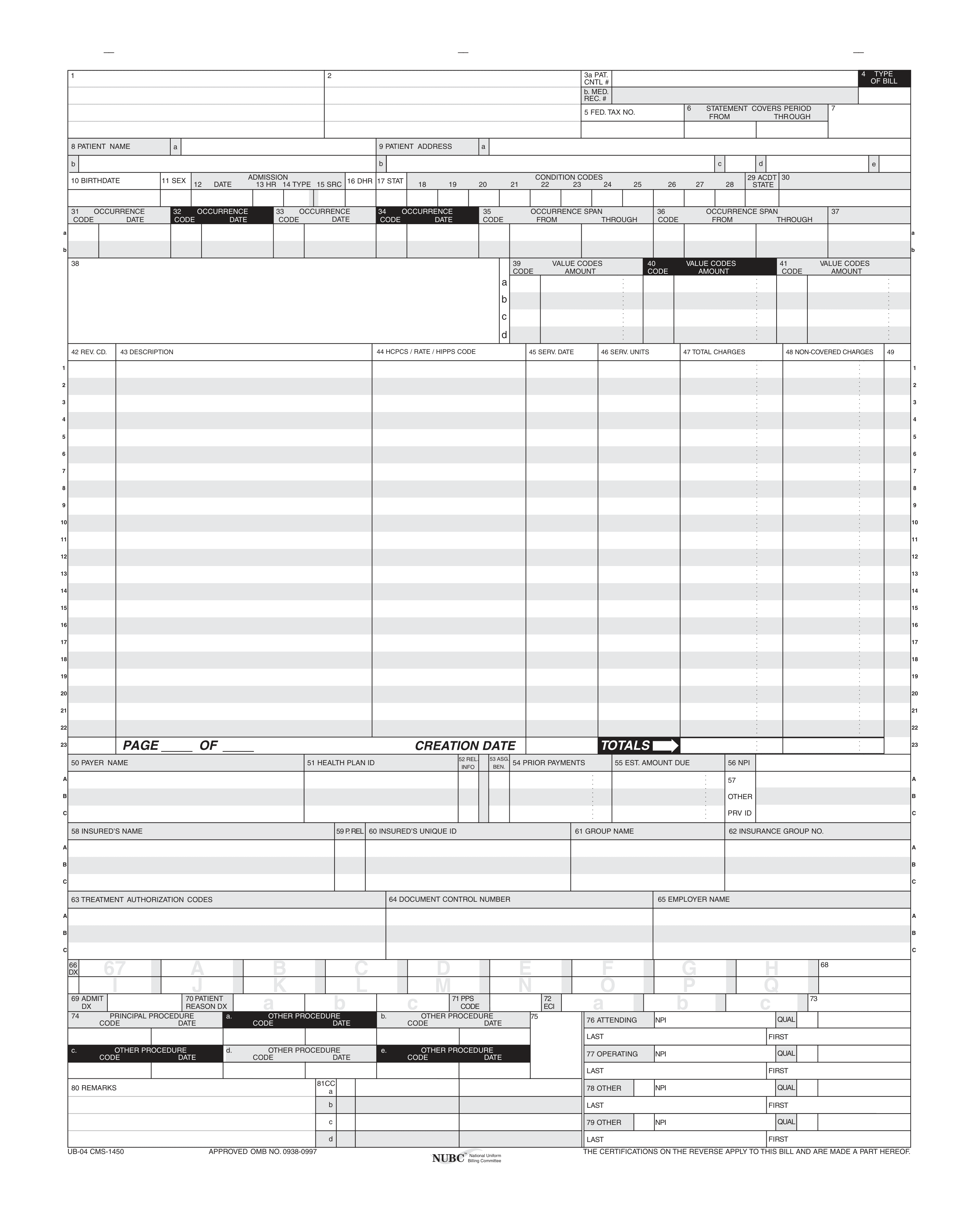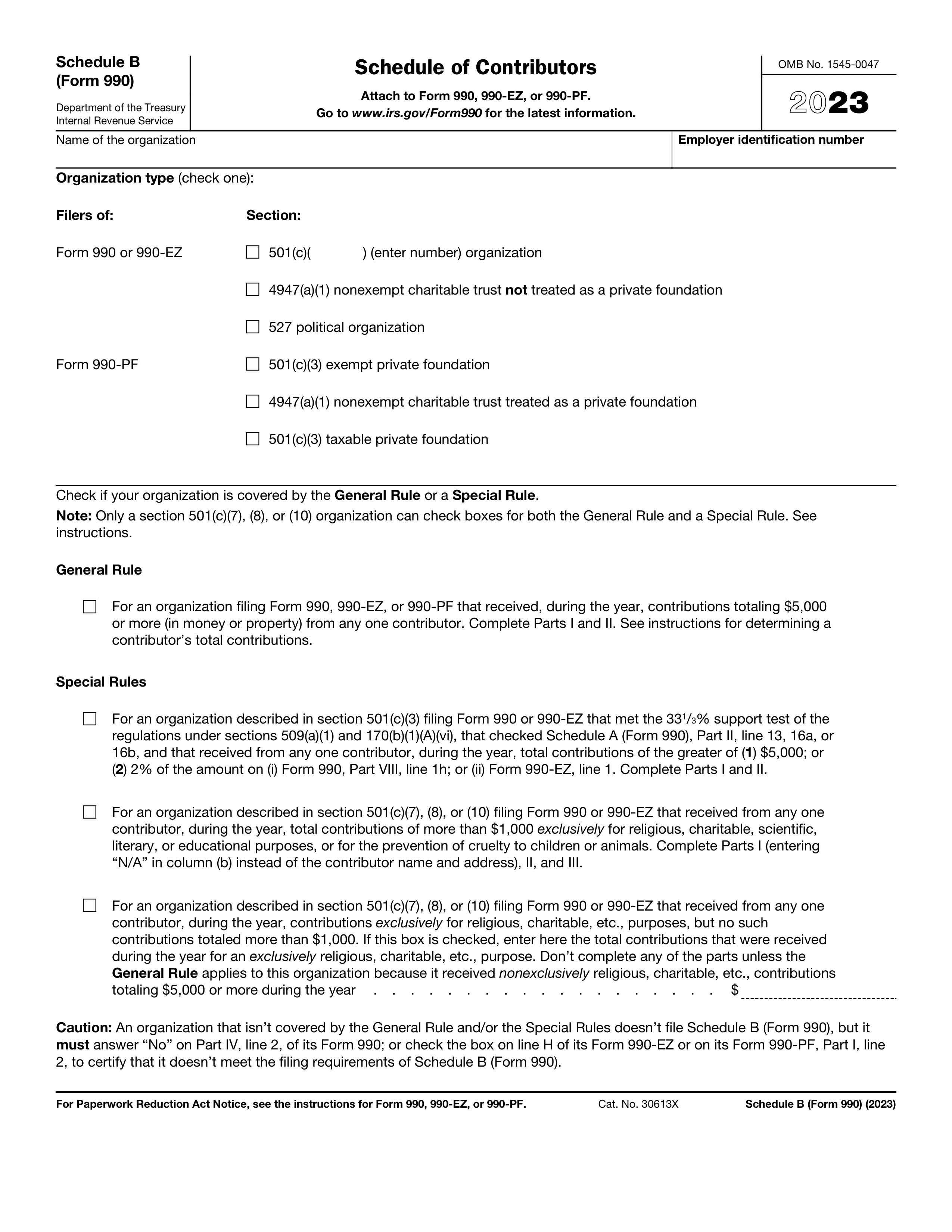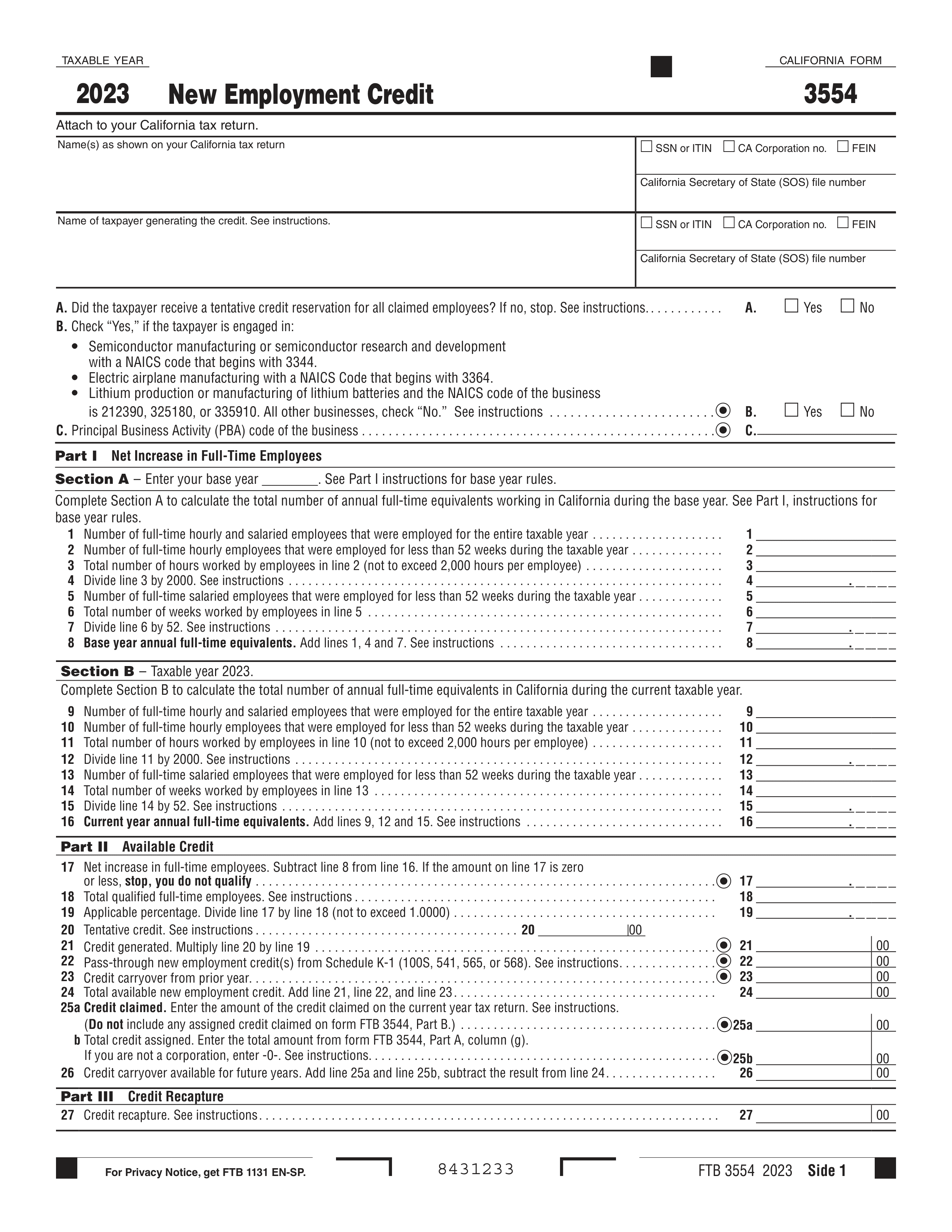What is Form 1099-OID?
Form 1099-OID, or Original Issue Discount, is an IRS document used to report income from bonds and other debt instruments purchased at a discount. This form details the amount of "original issue discount" (OID) you earned, which is the difference between the bond's face value and its purchase price. Since OID is considered taxable income, you'll need this form to accurately report any OID interest earned on your taxes. If you have reportable OID interest, expect to receive this form for your tax filing needs.
What is Form 1099-OID used for?
Form 1099-OID is an important tax document. Here's what it is used for:
- Reporting OID Income: It shows interest earned on bonds, notes, and CDs sold below their full value.
- Tax Compliance: It informs taxpayers about taxable OID income.
- Issuer and Holder Reporting: It requires issuers and holders of these debt instruments to report accrued interest to the IRS.
How to fill out Form 1099-OID?
- 1
Enter the payer's name, address, and taxpayer identification number (TIN) in the designated fields.
- 2
Fill in the recipient's name, address, and TIN (Social Security Number or Employer Identification Number).
- 3
Report the total original issue discount income earned by the recipient in the OID amounts section.
- 4
Include any applicable tax-exempt OID amount if relevant.
- 5
List any federal income tax withheld from OID income in the specified area.
Who is required to fill out Form 1099-OID?
Form 1099-OID is completed by issuers of bonds, certificates of deposit (CDs), and other deposit arrangements with original issue discount. These groups must file the form if they pay at least $10 of reportable OID or withhold federal income tax.
Investors receiving Form 1099-OID use it to report OID income on their tax returns. They should expect this form at the start of each year to ensure accurate reporting and avoid extra tax liabilities.
When is Form 1099-OID not required?
Form 1099-OID isn't required for payments to corporations, tax-exempt organizations, or U.S. savings bonds. Also, if individuals loan $10,000 or less and aren't in the lending business, they don't need to file this form. Always check your specific situation to ensure compliance with tax regulations.
When is Form 1099-OID due?
You must furnish Form 1099-OID to recipients by January 31 of the year following the tax year being reported.
If you file on paper, Form 1099-OID must be submitted to the IRS by February 28 of the year following the tax year. If you file electronically, the deadline is March 31 of the year following the tax year.
How to get a blank Form 1099-OID?
To obtain a blank Form 1099-OID, Original Issue Discount, simply visit our platform where we have it pre-loaded in our editor for you to fill out. This form is issued by the IRS to report taxable income on certain bonds and debt instruments purchased at a discount. Remember, our website aids in filling and downloading forms but not in filing them.
Do you need to sign Form 1099-OID?
You do not need to sign Form 1099-OID. This form is designed to report original issue discount income and is filled out by the payer, not the recipient. For the most accurate and up-to-date information, it's wise to check the latest updates. With PDF Guru, you can easily fill out the form, download it for your records, and handle any additional steps outside of our platform.
Where to file Form 1099-OID?
If you are required to file 10 or more information returns, you must file electronically using the IRS FIRE system. Electronic filing is recommended for efficiency and accuracy.
If you are permitted to file on paper (generally if filing fewer than 10 forms), send Copy A of Form 1099-OID along with Form 1096 to the IRS by February 28. Use the address specified in the IRS General Instructions for Certain Information Returns.
You cannot file Form 1099-OID by fax or email, it must be filed either electronically through the IRS system or by mailing the paper forms to the IRS.




